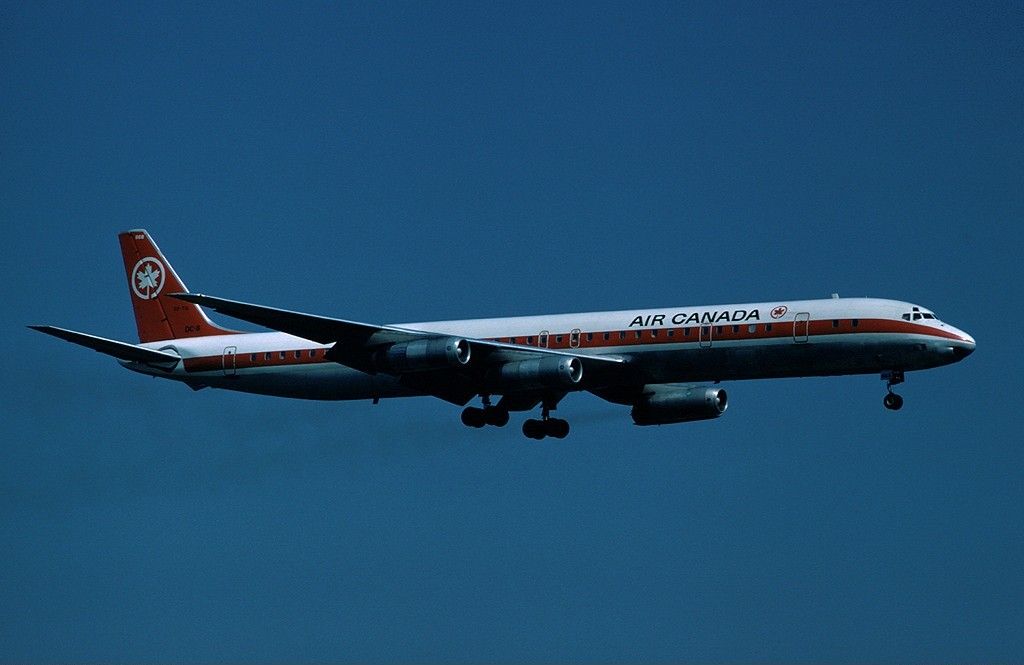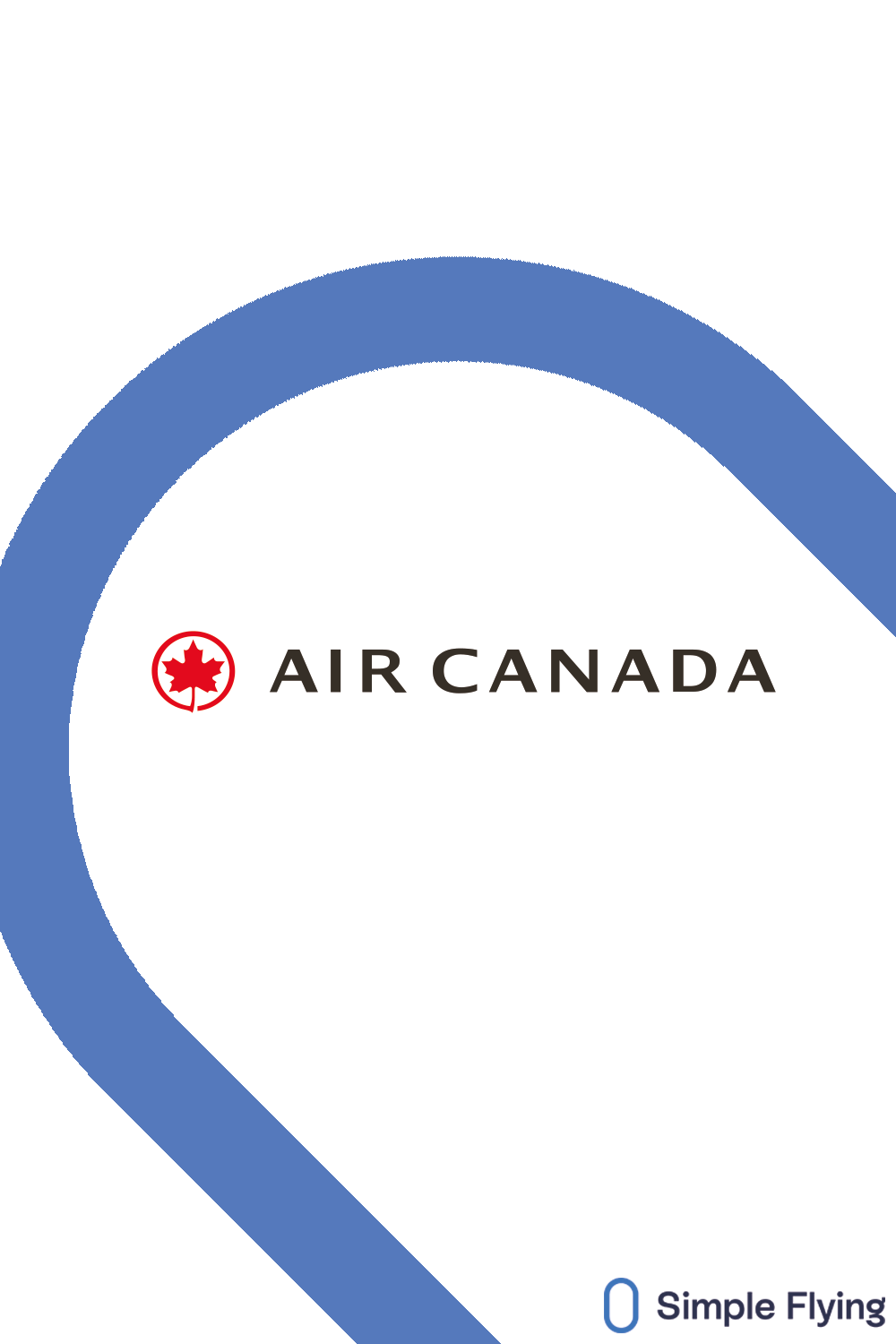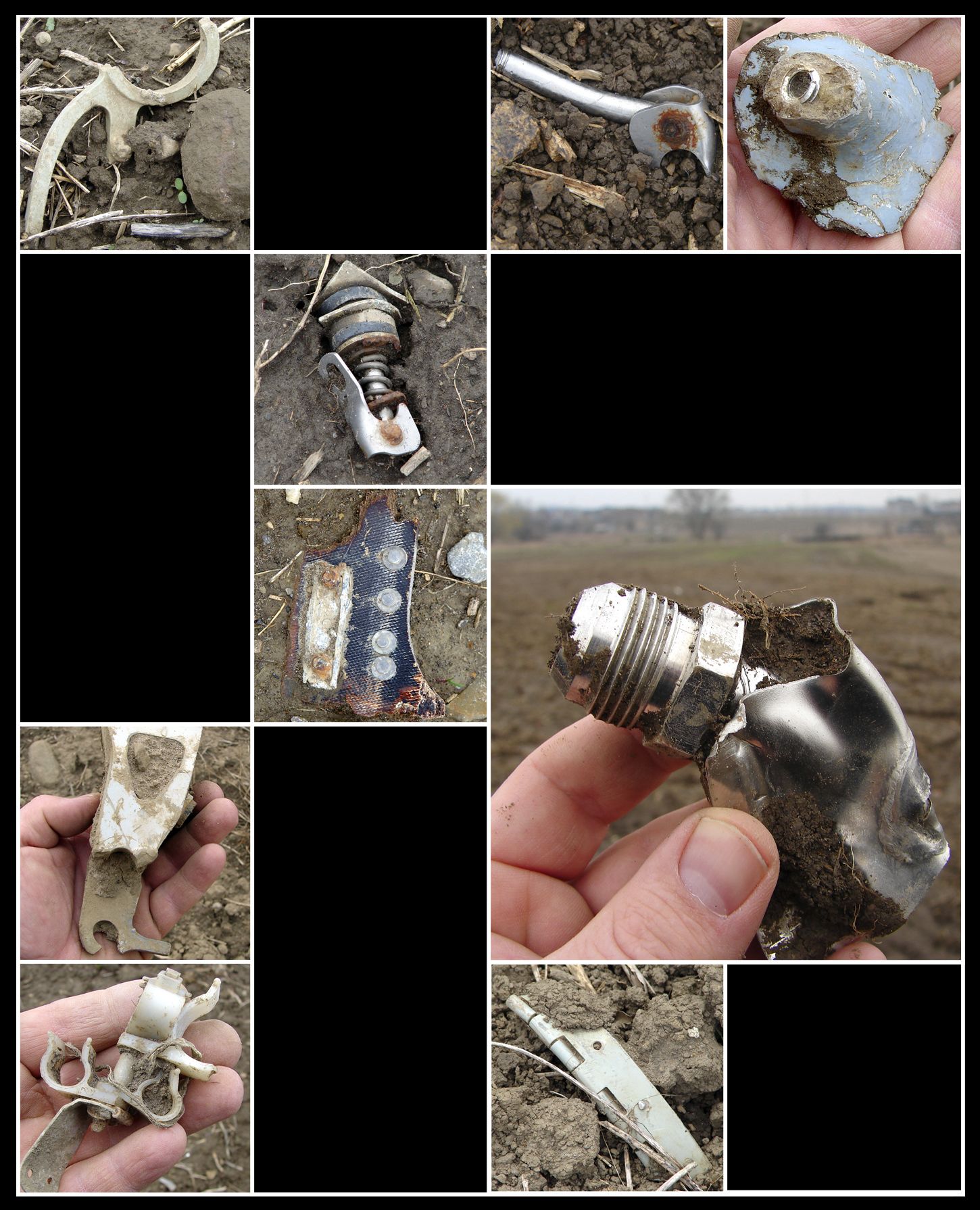On July 5th, 1970, an Air Canada Douglas DC-8 crashed on landing at Toronto Pearson International Airport (YYZ). This incident was the second-deadliest aviation accident in Canada's history, as all 100 passengers and 9 crew onboard were killed. The aircraft that crashed was registered as CF-TIW, and was flying Air Canada's one-stop service from Montreal to Los Angeles via Toronto. Investigation into this crash revealed that pilot error was the main reason for the accident
The aircraft that was written off had only been a part of Air Canada's fleet for three months prior to the accident, and therefore it had only logged 453 hours of flight time. It also contained four Pratt & Whitney JT3D engines, and was a part of the DC-8 60 series, which meant that it was 36.7 feet longer than the standard DC-8 aircraft.
Captain Peter Cameron Hamilton and First Officer Donald Rowland were reported to have flown together previously, and they had discussed when to arm the ground spoilers, which are plates on an aircraft's wing that reduce lift. They are predominantly used during the landing phase to lower a plane's altitude.
Differences of opinion
Both pilots did not want to arm the spoilers as they were worried that this would accidentally deploy the spoilers at the wrong moment. Captain Hamilton preferred for the spoilers to be deployed once the aircraft touches down, while First Officer Rowland thought that they should be armed during the landing flare. However, both pilots' views went against the checklist provided by the manufacturer and the airline.
As the captain began his approach, he told the first officer to "give them to me on the flare", asking him to arm the spoilers. However, First Officer Rowland misunderstood his command and instead deployed them, causing the aircraft to sink heavily. The Captain responded by pulling the aircraft up, but this was insufficient, as the tail had already struck the runway.
Two and a half minutes after the initial failed landing, there were three successive explosions, which caused the aircraft to break up into several pieces, with the wing no longer attached to the plane. The aircraft went into a nosedive immediately, and struck the ground at a speed of 220 knots, which would have instantly killed everyone onboard.
Aftermath
Recovery of victims took longer than expected as the crash created a deep crater which made the excavation process more difficult. However, within less than a month, 52 of the 109 bodies were buried at Mount Pleasant Cemetery in Toronto, Canada. In addition, Air Canada erected a memorial dedicated to all 109 victims who died on this flight.
The authorities established a board of inquiry to investigate the cause of this accident, which published a report on January 29th, 1971, 6 months after the accident. In the report, the board found that pilot error had caused this unfortunate accident.
In addition to assigning blame, the board also made a total of 8 recommendations that they thought would reduce the chance of such an event occurring again. These recommendations included introducing a lever that would stop the spoilers from being deployed mid-flight and asking Air Canada to clarify on their pilot manuals when the spoilers should be deployed.



